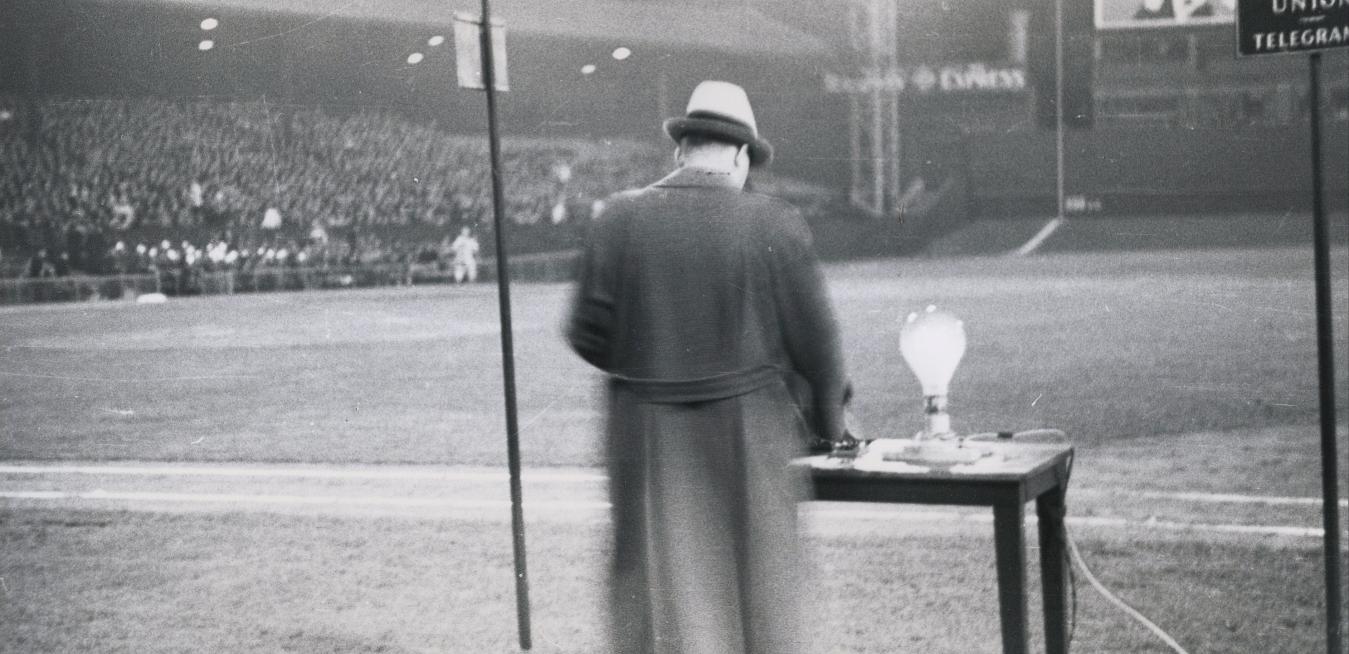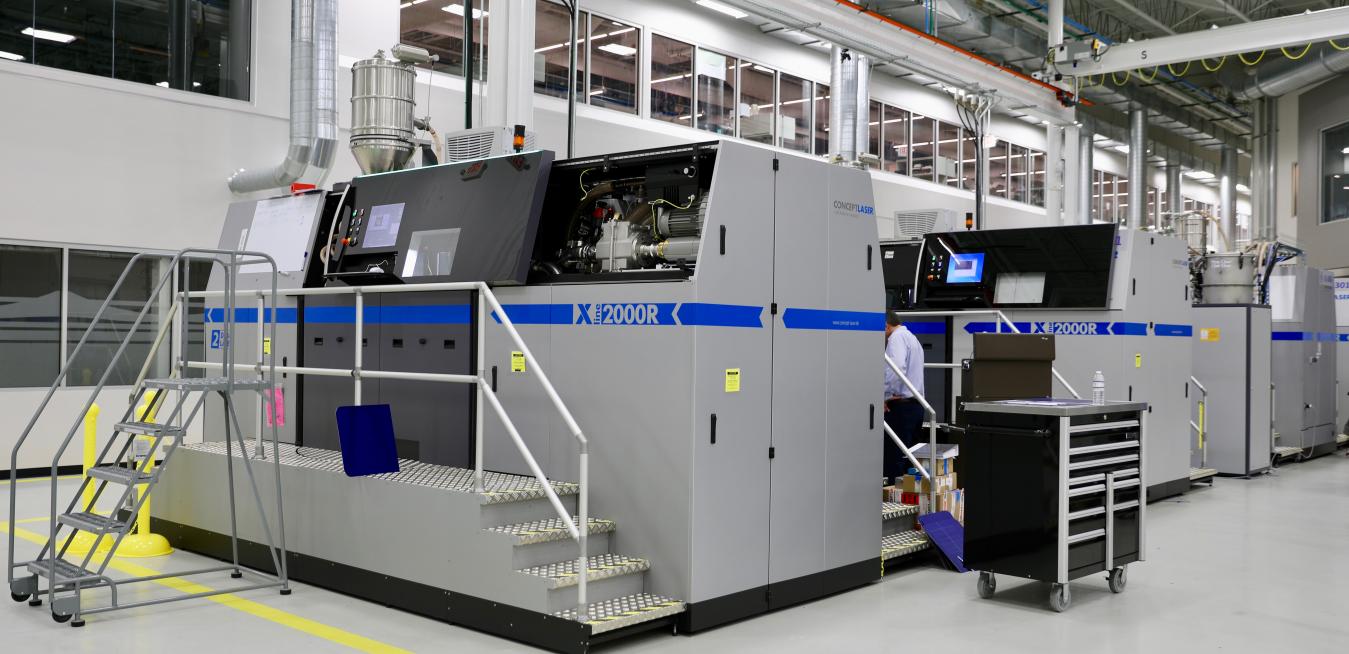Inside a vast, 69,000-square-foot engine shop situated on the southern edge of the Cincinnati-Northern Kentucky International Airport (CVG), a small group of GE Aerospace mechanics and college co-op students huddle around a GEnx engine. An engineer is demonstrating how to use a prototype ultrasonic wrench. As the mechanics crane their necks to observe, the engineer deploys the vibrating wrench to loosen a specific type of bolt that can cause damage to a part in the engine’s combustion case if not handled properly.
Deborah Woods has a dream. Motivated by a keen interest in science and a desire to help people, the sophomore at Woodward Career Technical High School in Cincinnati, Ohio, has already set her sights on a career in medicine and bioengineering. “I want to help those in need, like my grandmother, and [develop] preventive technologies for heart disease and failure,” she says. “I’ve learned that engineering isn’t a one-size-fits-all field but has many channels to explore and create many innovative things to help make our world an easier and better place all over.”
At precisely 8:30 p.m. on Friday, May 24, 1935, President Franklin D. Roosevelt pressed a Western Union telegraph key in the White House and an electric pulse traveled 500 miles over copper wires to a signal lamp near first base at Crosley Field in Cincinnati.
Mark Twain allegedly claimed that when the end of the world came, he wanted to be in Cincinnati “because it’s always 20 years behind the times.” The quip is funny, but his strategy to ride out Armageddon in the Queen City would backfire today. A case in point is GE’s Additive Technology Center located along Interstate 75 as it bisects the northern suburb of West Chester Township. From the outside, the building looks like many of the low, gray boxes in this industrial area.










